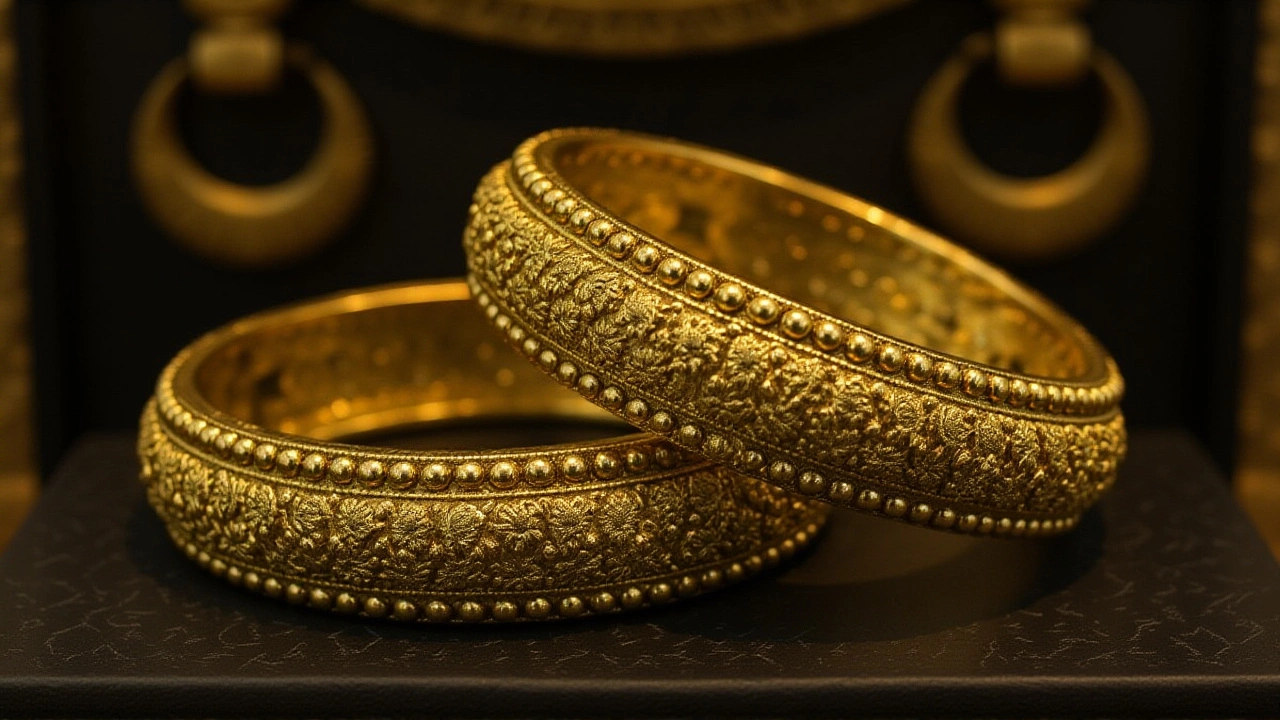Festival Demand in India: Trends, Drivers, and Market Impact
When talking about festival demand, the surge in buying, travel, and service usage that peaks around traditional celebrations in India. Also known as festival season demand, it drives a noticeable shift in market patterns.
One of the biggest triggers is Dussehra, the Hindu festival marking the victory of good over evil, celebrated with fireworks, processions, and special sales. Around this time, retailers report a 30‑40% jump in sales, and travel agencies see bookings double. The link is clear: Dussehra boosts consumer spending, creating a short but intense demand window.
Key Factors Shaping Festival Demand
Weather alerts, official warnings about rain, storms, or heat that can affect outdoor events and logistics are another critical piece. For example, the IMD issued a yellow rain alert for Delhi‑NCR ahead of Dussehra celebrations, warning that showers could disrupt processions and curb foot traffic. This illustrates the semantic triple: festival demand requires accurate weather forecasts, and adverse weather can dampen that demand.
Consumer behavior during festivals is also shaped by cultural expectations. People tend to buy gifts, sweets, and new clothing as part of tradition. This cultural push creates what analysts call a "spike in discretionary spending." The spike feeds into the broader economic cycle, pushing manufacturers to ramp up production weeks in advance.
Businesses that understand the timing of festival demand can plan inventory better. A smartphone retailer, for instance, may stock extra units in Delhi and Mumbai a week before Dussehra, anticipating higher footfall in mall kiosks. This proactive approach often translates into higher profit margins because the cost of rush orders drops sharply.
Logistics providers also feel the pressure. Delivery trucks face congestion on festival streets, and the demand for quick shipping spikes. Companies that partner with local couriers or use crowd‑sourced delivery models often outperform those relying on standard routes.
Digital marketing sees a boost too. Brands roll out festival‑specific campaigns, using hashtags tied to Dussehra or Diwali. Social media engagement can increase by up to 50% during these weeks, turning online buzz into offline sales. The relationship is simple: festival demand fuels digital ad spend, which in turn amplifies consumer awareness.
Another related entity is consumer demand spike, the rapid increase in product and service purchases triggered by cultural events. This spike is not just about volume; it often includes higher average transaction values because people are willing to spend more on premium items during celebrations.
Financial services also adapt. Credit card companies offer extra reward points for purchases made during festival periods, while banks launch short‑term loan products aimed at shoppers needing quick financing. These offerings create a feedback loop: easier credit amplifies festival demand, which then boosts bank revenues.
Merchants who ignore festival demand risk missing out on a crucial revenue stream. Small shops that fail to stock popular items like sweets or decorative items may lose customers to larger chains that have better supply chain agility. The lesson is clear: align stock, staffing, and promotion with the festival calendar.
In addition to Dussehra, other festivals such as Diwali, Eid, and Pongal each generate their own demand patterns. While the product mix varies—electronics for Diwali, meat and sweets for Eid—the underlying principle stays the same: cultural celebrations drive a temporary but powerful market surge.
Overall, the ecosystem around festival demand is a web of interdependent factors: cultural triggers, weather conditions, consumer psychology, logistics, and financial incentives. Recognizing how these pieces fit together helps businesses capture the most value during the limited window that festivals provide.
Below, you’ll find a curated selection of articles that dig deeper into specific aspects of festival demand—from weather alerts affecting Dussehra events to consumer spending trends during major Indian celebrations. Dive in to see how each factor plays out in real‑world scenarios.
